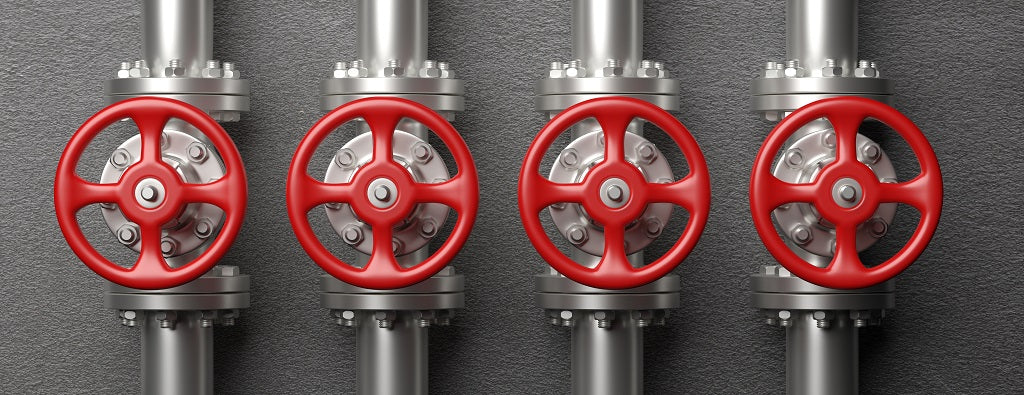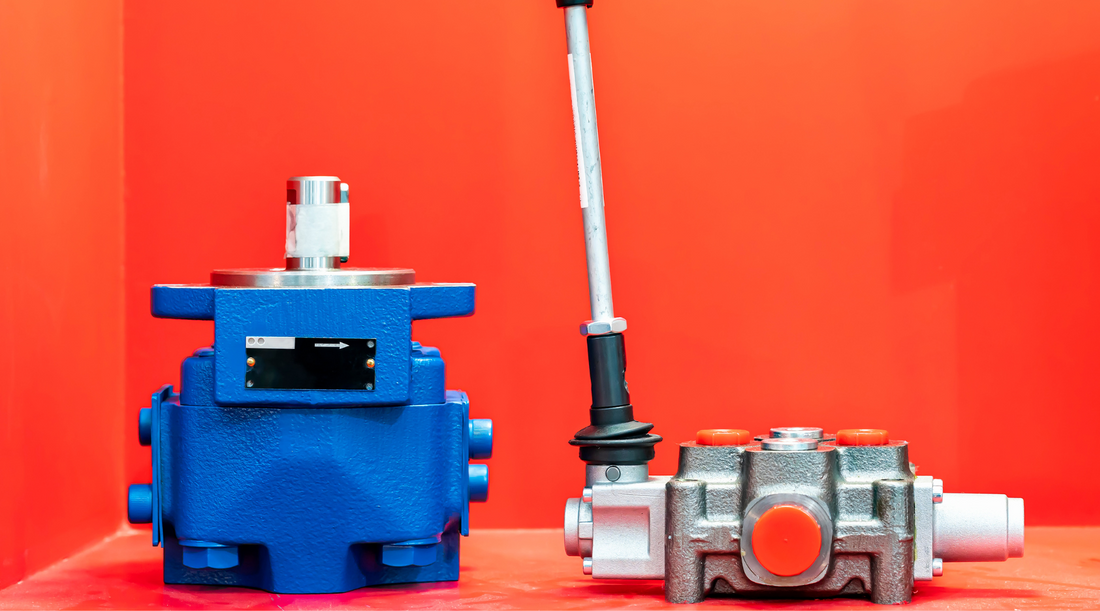Reliable Control Valves: Key Elements for Effective System Monitoring
Wiki Article

Maximize Energy Savings and Comfort With Advanced Structure Automation Controls
In the realm of contemporary architecture and center monitoring, the combination of advanced structure automation manages stands as a pivotal advancement. The merging of technology and sustainability has actually birthed a new period where energy performance, comfort optimization, and operational streamlining are no longer remote aspirations yet attainable realities. By harnessing the power of automation, structures can adapt, react, and develop in manner ins which were when inconceivable. The potential for substantial energy savings and boosted comfort is not simply a possibility however a guarantee waiting to be fulfilled. This standard shift in building monitoring holds the essential to opening a world where ecological conscientiousness and owner wellness sympathetically coexist within the wall surfaces of our structures.Energy Efficiency Perks
Power efficiency advantages can considerably decrease energy consumption and operational costs in structures. Energy-efficient systems, such as innovative structure automation controls, can optimize the usage of resources like lighting, heating, and air conditioning, leading to reduced power costs over time.Additionally, boosted power performance can lengthen the life-span of building equipment and systems. By running much more efficiently, cooling and heating systems, lighting components, and other structure elements experience less damage, leading to reduced upkeep and replacement prices. Additionally, energy-efficient structures often regulate greater property values and rental rates, supplying lasting financial benefits to owners.
Moreover, energy efficiency can improve resident comfort and efficiency. Properly controlled interior environments with ideal lights and thermal conditions develop a more helpful and pleasurable office, leading to boosted worker satisfaction and efficiency. Generally, the power effectiveness advantages connected with advanced structure automation controls are diverse, including cost financial savings, ecological stewardship, and owner well-being.
Improved Convenience Control
Enhancing convenience control in structure environments needs an innovative integration of sophisticated automation systems for optimal occupant health. By using advanced structure automation controls, facilities can customize the indoor environment to satisfy the specific demands and choices of passengers. These systems allow precise guideline of temperature level, illumination, and ventilation, creating a productive and comfy ambience. Occupant fulfillment and efficiency are carefully connected to thermal convenience, making it essential to have systems in position that can adjust to transforming problems in real-time.Enhanced comfort control goes beyond standard temperature adjustments. It consists of features such as customized setups, tenancy sensors, and all-natural light usage to create a responsive and vibrant setting. By including these sophisticated controls, buildings can not just improve convenience however likewise improve power performance by enhancing system procedures based on real tenancy and use patterns. Ultimately, prioritizing owner comfort through innovative automation systems causes a more delightful and healthier interior environment.
Operational Performance Improvements

Additionally, the execution of real-time monitoring and analytics tools enables building drivers to identify energy inefficiencies and functional anomalies quickly. By continuously keeping track of power usage patterns and system performance metrics, modifications can be made in real-time to maximize energy usage and make certain peak operational effectiveness. control valves. In addition, incorporating demand feedback strategies into structure automation controls can better boost operational efficiency by dynamically changing energy use based upon grid problems and pricing signals
Indoor Climate Optimization
Efficient indoor environment optimization is a fundamental aspect of structure automation controls, making sure owners' convenience and well-being while maximizing power savings. By using sophisticated sensors and controls, building automation systems can continually keep an eye on and readjust temperature level, humidity levels, air high quality, and air flow to produce an optimal indoor setting. Keeping regular and comfy conditions not just boosts owner complete satisfaction however likewise increases efficiency and general well-being.Interior environment optimization additionally plays a crucial role in energy efficiency. By fine-tuning air flow, cooling, and home heating systems based on real-time data and tenancy patterns, developing automation controls can considerably reduce power usage - control valves. Carrying out methods such as demand-controlled ventilation and thermal zoning can aid reduce power waste while guaranteeing that each location of the building gets the necessary conditioning.

Lasting Setting Development
Building automation controls not only maximize interior environment conditions for energy efficiency and occupant convenience yet also lay the foundation for creating a sustainable setting via strategic administration of systems and resources. By integrating advanced building automation innovations, such as sensing units, actuators, and smart software application, facilities can keep an eye on and readjust power use in real-time to decrease waste and lower their carbon footprint. These systems enable predictive upkeep, identifying possible concerns before they escalate and maximizing devices performance to boost durability and effectiveness.Additionally, sustainable setting production prolongs beyond power monitoring to include water preservation, waste reduction, and interior air quality renovation. Building automation controls can manage water usage, identify leaks, and make certain appropriate recommended you read garbage disposal practices, adding to total sustainability efforts. Additionally, by controlling and checking ventilation and filtering systems, these web innovations enhance passenger health and wellness and efficiency while decreasing energy intake associated with HVAC operations.
Verdict
Finally, progressed structure automation controls offer considerable advantages in regards to power savings, comfort control, functional performance, interior climate optimization, and producing a lasting setting. By implementing these controls, buildings can attain optimum performance while decreasing energy usage and enhancing owner comfort. It appears that making use of sophisticated automation modern technology is essential in improving structure performance and producing an extra sustainable future.Energy effectiveness benefits can substantially reduce power intake and operational expenses in structures. Overall, the energy performance advantages connected with innovative building automation controls are complex, encompassing price financial savings, environmental stewardship, and occupant well-being.
Furthermore, incorporating demand response techniques into building automation controls can even more boost operational efficiency by dynamically readjusting energy use based on grid problems and pricing signals.
Structure automation manages not only maximize indoor environment conditions for power effectiveness and resident convenience however additionally lay the structure for creating a lasting environment with critical management of systems and sources.In verdict, progressed building automation manages offer significant benefits in terms of power savings, comfort control, operational efficiency, indoor environment optimization, and producing a lasting setting.
Report this wiki page